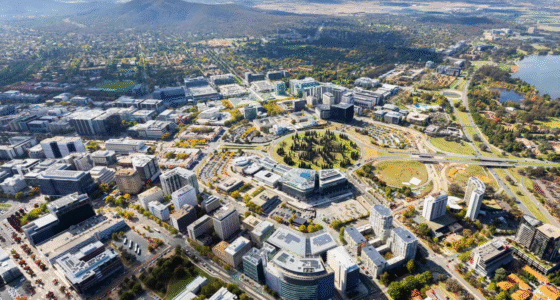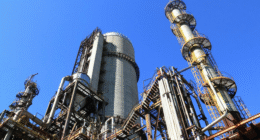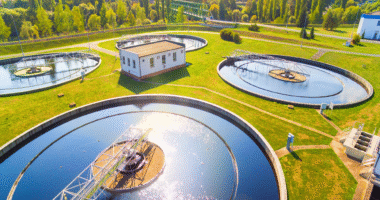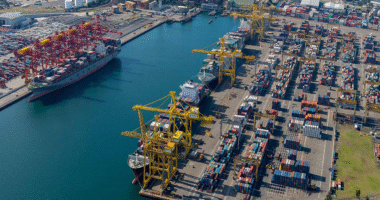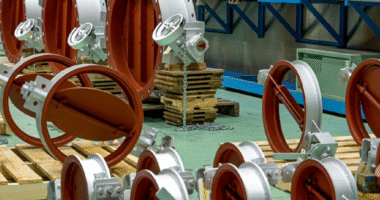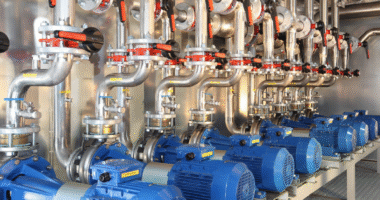Browsing Category
Oceania
23 posts
Water and wastewater infrastructure: a bridge between the environment and economic development in Australia
Water and wastewater infrastructure in Australia plays a critical role in ensuring public health, economic growth and sustainable development. This infrastructure includes drinking water distribution networks, treatment plants, wastewater collection and treatment systems and modern water recycling and desalination technologies. The development of these systems began in the late 19th century and has become a…
| log in
The strong arm of progress; Economy of Australia rests on the shoulders of the service sector
The service sector, as the backbone of modern economies, also plays a central role in Australia. Not only does this sector contribute the largest share to GDP and employment, but its wide variety of sub-sectors, from health and education to tourism, finance and technology, has created vast potential for economic growth. The development of services…
| log in
Digital economy; The role of communications infrastructure in Australia’s economic growth and employment
Australia’s communications infrastructure has played a key role in economic growth, social well-being and reducing regional disparities. From the 19th century telegraph to the national NBN project, it has paved the way for communications development. Major investments have contributed more than $122 billion to GDP, created more than 169 thousand jobs and launched 87 thousand…
| log in
Green dream of prosperity; How has agriculture become the hidden engine of the economy in Australia?
Agriculture in Australia is not only an important pillar of the national economy, but also a key player in ensuring global food security. Despite a decline in the number of farms in the country over the past three decades, high productivity has prevented a decline in production and, as a result, has led to growth…
| log in
Strategic link; Australia’s maritime infrastructure development trends and its impacts on the national economy
Australia, with its vast geography and oceans, has long attached special importance to the development of maritime infrastructure. The creation of modern ports since the mid-20th century has enabled the country to establish itself in the global trade chain and accommodate large container ships. The development of these ports has not only paved the way…
| log in
Strategic industry; Trends and outlook for the fabricated metal products industry in Australia
Fabricated metal products are a specific category of economic activities that are distinctly metallic in nature, and this can be considered the only point of commonality between them. In fact, this category encompasses a wide range of different products, from metal doors and windows and weapons and ammunition to less important products such as cutlery.…
| log in
The path of developments and performance of wire and cable industry in Australia
Australia’s cable and wire manufacturing industry plays a critical role in development of energy and communications infrastructure, and is recognized as the backbone of power grids, data transmission lines and renewable energy projects. By continuously investing in new technologies, from advanced insulated cable production to fiber optic cables, this industry sector has been able to…
| log in
A new opportunity; Estimation of metal consumption in Australia’s furniture industry
As a key sector of the creative and manufacturing economy, Australia’s furniture industry plays a significant role in meeting domestic needs and entering international markets, while also having a significant impact on the consumption of base metals such as steel and aluminium. The production of modern, office and commercial furniture, with a combination of high-quality…
| log in
The key to efficiency; Analyzing the Australia’s pump, compressor and ventilation equipment industries
The mechanical equipment and HVAC systems manufacturing industries in Australia have a key status at the intersection of the industrial, construction and infrastructure sectors and act as a major driver of base metals demand. Relying on extensive production capacities and a high level of technology, this industry not only meets the needs of the domestic…
| log in

